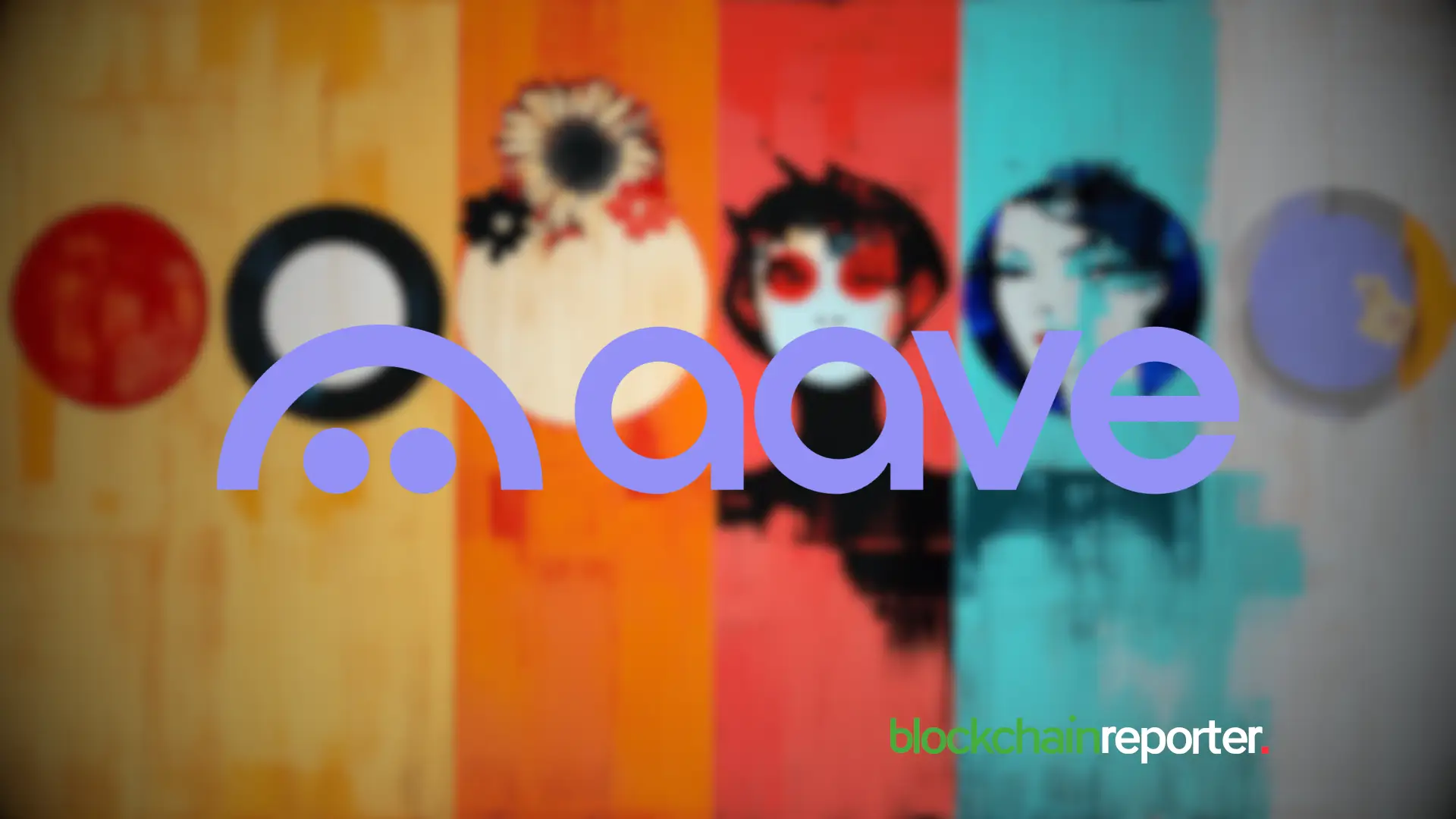SEC Approves Hashdex ETF with XRP and SOL Included in Index
SEC approves Hashdex ETF expansion to include XRP and SOL, diversifying its portfolio alongside BTC and ETH for investors.
The U.S. Securities and Exchange Commission (SEC) has approved the expansion of Hashdex’s Nasdaq Crypto Index ETF. The approval now allows the fund to include XRP and Solana (SOL) alongside Bitcoin (BTC) and Ethereum (ETH).
This decision is seen as a step toward broadening the accessibility of crypto assets for investors. This is as the ETF now tracks a more diversified portfolio of top cryptocurrencies.
Hashdex Expands Crypto ETF Portfolio
Under the new SEC approval, Hashdex’s ETF will now offer exposure to a wider range of digital assets. Previously, the fund only included Bitcoin and Ethereum.
With the addition of XRP and SOL, the ETF will now include BTC at 72.5%, ETH at 14.8%, XRP at 6.9%, SOL at 4.3%, and Cardano (ADA) at 1.2%. The approval follows the SEC’s updated rules, which allow for a broader selection of assets within commodity-based trust shares.
The decision comes under the SEC’s new framework for crypto-based products, which aims to streamline the approval process for such financial instruments. This new regulatory environment reduces approval times. This is from up to 270 days to as little as 75 days, accelerating the pace at which crypto-related ETFs can enter the market.
This change will open the door for more products to be launched in the near future.
Institutional Interest in XRP and SOL
The inclusion of XRP and SOL in Hashdex’s ETF is expected to attract more institutional investors to these altcoins. Bitcoin and Ethereum have historically overshadowed these assets.
With XRP and SOL now included in a regulated ETF, these assets may gain more legitimacy and broader market acceptance. The decision by the SEC to approve such a product reflects a growing recognition of the potential of these altcoins in the broader crypto market.
Furthermore, the approval of Hashdex’s ETF follows closely behind other notable ETF developments.
Earlier, Grayscale’s Ethereum ETF approval came under the same generic listing rule. This was a signal that the SEC is now open to supporting a wider range of crypto-based investment products.
This shift indicates that the SEC is becoming more favorable toward crypto assets and seeks to provide clearer guidelines for their inclusion in traditional financial products.
Accelerating Crypto ETF Filings
In response to the SEC’s new framework, asset managers are moving quickly to file new products. Recently, Amplify ETFs filed for a SOL and XRP Monthly Income ETF, aiming to offer exposure to the price returns of these two assets while generating income for investors.
SEC streamlined listing process has incentivized asset managers to expedite their filings, signaling strong interest in the expanding market for digital asset-backed ETFs.
This regulatory shift aligns with the SEC’s broader goal of creating a robust framework for digital assets. It provides greater certainty for the crypto industry and investors alike.
As crypto ETFs gain popularity, the SEC’s approval of products like Hashdex’s ETF will support the growth of crypto-based investment vehicles. Moreover, it ensures compliance with U.S. financial regulations.
The post SEC Approves Hashdex ETF with XRP and SOL Included in Index appeared first on Live Bitcoin News.
You May Also Like

The Channel Factories We’ve Been Waiting For

Open a long position in XPL with 10x leverage on Machi
